Fantasy background : floating archipelago
Introduction
Hi everybody.
In this tutorial, we will be creating a fantastic background featuring a sanctuary nestled in the midst of clouds. This drawing will serve as a background for a fantasy webtoon project that I am currently working on.
Let's get started!
Step 1: Research and Inspiration
The idea behind this drawing was to mix two common themes of fantasy: the floating island and the temple in ruins.
For the floating islands, the main inspiration is the movie "Castle in the Sky" by Myiazaki.
For the temple in ruins, I wanted to draw inspiration from the capriccios of the Renaissance. This is a particular genre of painting where artists enjoy composing an image by assembling ancient ruins (Roman, Greek, Egyptian) in a completely fanciful way.
Before starting to draw, I did some research on photos of certain elements that I would need to draw:
Temple in ruins (mostly Greek and Roman)
Cave stalactites
Drooping ivy
These references will help me to create a more realistic and visually compelling image. Now that I have my inspiration and research materials, I can move on to the next step.
Step 2: Sketches
The second step is to create some preparatory sketches.
The second step consists of making some small sketches. A background's main function is to provide a setting for the action, but it can also convey a particular ambiance or emotion. In the fantasy genre, this often involves specific colorful atmospheres, which is why I test several options for color schemes and composition during the sketch phase.
I opt for a basic square format, but nothing prevents me from modifying it later on, particularly to adapt it to the vertical format of the webtoon. Ultimately, a drawing designed as a backdrop should be easily adaptable in terms of format or modified as needed.
Step 3: Drawing
This drawing step is important and requires attention and discipline (one may be tempted to finish it too quickly to move on to the next step), but it's not very complicated. I use blue pencil because it helps me easily distinguish the steps and keep track of my layers, and it has become a habit for me to work this way. However, in reality, one can use any other color.
An interesting aspect of this drawing is the aerial perspective, which suggests distance with very little classical perspective. Here are some techniques used to give depth:
Overlap objects to suggest distance. When an object is in front of another, it's perceived as being "in front."
Play with contrasts: the more contrasted an object is, the closer it appears.
Play with size: the smaller an object is, the more distant it appears, relative to the same object that is larger, which appears closer.
Step 4: Inking and Grayscale Values
The inking and grayscale values step is relatively fast. The key is to be careful and ink each plane separately, as this will make coloring easier.
This gives me three layers.
One for the foreground.
One for the middle ground.
...and one for the background.
The step of adding values is quite simple and quick. Once again, it's important to use layer opacity effectively to suggest distance and depth, by toning down elements that are further away compared to those that are closer.
Step 5: Coloring and finishing
This is the longest step.
Generally, I always start by placing a hue that will give the overall mood of the image, using a layer in overlay or multiply mode.
Then I draw layer by layer, going towards more and more details. This is a way of working that is quite similar to traditional painting, with relatively few layers.
It's a quite long process, so if you're interested, I've uploaded the timelapse.
As this is a background that I will reuse by reframing it or integrating characters, I think it is important to separate certain elements from each other, especially the "magic effects".
Magical effects
I also wanted to make a particular point about "magical effects" and how I draw them.
There are probably several methods, but here is mine. For the example, I will draw a sort of magical trail that circles around the obelisk, but it can be used for anything else.
First, I hand draw the shape of the magical trail. Then I lower the opacity. Next, I use the "ruler" tool. Since it is an elliptical shape, I will use the "geometric ruler" tool in the shape of a circle.
I draw my ellipse and then I move it and modify it so that it fits as closely as possible to the shape I drew earlier. Thanks to the magnetism of the ruler, it is then very easy to draw a clean and dynamic line.
To finish, I use the "finger tip" tool to give a blur effect that enhances the sensation of movement. In other cases, it may be more relevant to use the "gaussian blur" or "directional blur" filter instead. In this example, I also duplicate my layer and set the copy to "screen" mode, in order to enhance the luminous effect of my magic trail.
Conclusion
Now that everything is finished, I want to see what it would look like in a vertical format that is closer to the webtoon format instead of a square format that I find very cramped. So all you have to do is modify the canvas size to make it a 9:16 image and add some sky at the top and clouds at the bottom.
I think it looks much better that way.
This tutorial is now complete, I hope you enjoyed it. If you did, feel free to follow me on Instagram or ArtStation.















Kommentar